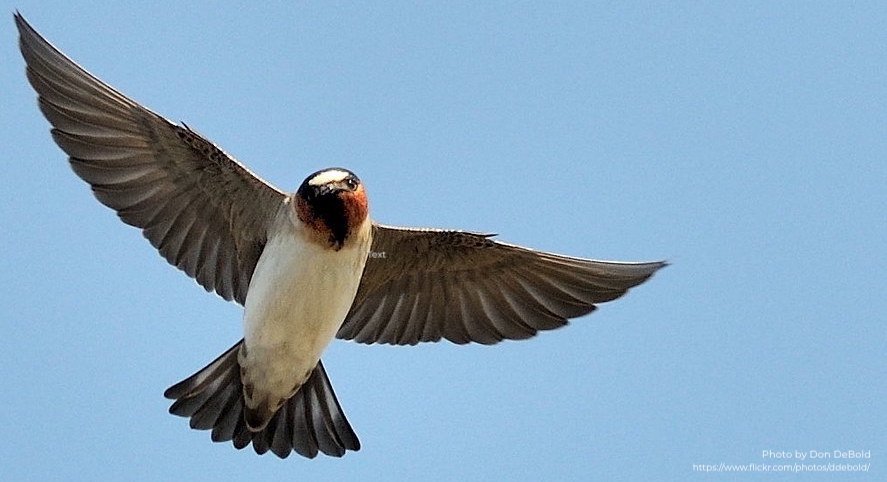Filter by topic and date
IETF 111 meeting to feature six discussions about new work
14 Jul 2021
The IETF 111 meeting (26-30 July 2021) will feature 5 Birds of a Feather (BOF) sessions, which are often early steps toward new work in the IETF, covering a range of topics.

Before each IETF meeting, the Internet Engineering Steering Group (IESG) collects proposals for BOF sessions. These sessions are designed to help determine the path for new work in the IETF, to generate discussion about a topic within the IETF community, and to determine whether there is interest in working on the topic.
On tap for IETF 111:
The System for Cross-Domain Identity Management (SCIM) specification is designed to make managing user identities in cloud-based applications and services easier. In recent months, people interested in moving the SCIM 2.0 Specification Family forward have been meeting to discuss implementation experiences, review draft proposals that have expired, and to talk about the “paper cuts” many in the identity world feel could be improved by revisiting SCIM as a protocol and schema. While not intended to lead to the formation of a working group, the SCIM Industry Next Steps (SINS) BOF will discuss possibly revisiting and updating the RFCs and individual Internet-Drafts in the area of the SCIM RFC series, including 7642, 7643, and 7644.
The default static assignment of the MAC address raises privacy concerns for personal devices, which have recently started to be mitigated by end-device vendors implementing and standards organizations specifying the use of Randomized and Changing MAC addresses (RCM). The MAC Address Device Identification for Network and Application Services (MADINAS) BOF will discuss forming a working group to examine the effect of Randomized and Changing MAC addresses (RCM) schemes on network and application services in several scenarios. The proposed working group would also evaluate various identifiers, beyond the MAC address, that can be used by the network to provide services, as well as scenarios where personal device identity is not required.
The Application-aware Networking (APN) BOF will discuss defining architecture and protocols for a new routing framework where application-aware information is enclosed at network edge devices and carried along with the tunnel encapsulation for a packet traversing an APN domain. APN is intended to provide a way to provision services, steer traffic, and adjust network resources, to address user demands for ever better and diverse services from their network connectivity on a range of network infrastructures.
The DANE for IoT Service Hardening (DANISH) BOF continues efforts begun during IETF 110 to charter a Working Group to extend the DANE security standard, focused on authentication for the TLS server identity, to encompass client identity and message sender identity use cases. DANISH also seeks to define a transitional mode for DANE, allowing for the safe adoption of DANE for domain owners who have not yet implemented DNSSEC.
The Oblivious HTTP (OHTTP) BOF seeks to charter a working group to define a method of bundling HTTP requests and responses that provides protected, low-latency exchanges. The Oblivious HTTP protocol would allow a server to accept requests through a proxy. The proxy ensures that the server cannot see source addressing information for clients, which prevents servers linking requests to the same client. Encryption ensures that the proxy is unable to read requests or responses.
In addition to the five BOFs, the SEDATE Serializing Extended Data About Times and Events (SEDATE) working group will meet for the first time during IETF 111. SEDATE is working on a companion to RFC 3339, which defines timestamps on the Internet. SEDATE seeks to add additional context to datetime data through a standard text serialization format. SEDATE aims to provide this format and context when times are being used for interval, recurrence, or offset calculations. SEDATE will coordinate with ECMA International TC39 and ISO/TC 154 to ensure that this work remains a strict extension of ISO 8601 and its various parts rather than becoming a conflicting standard.